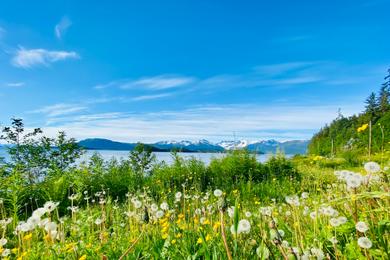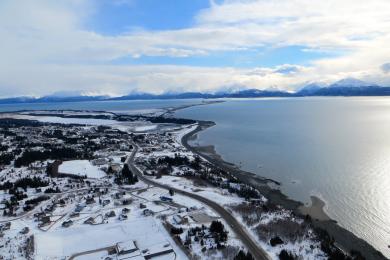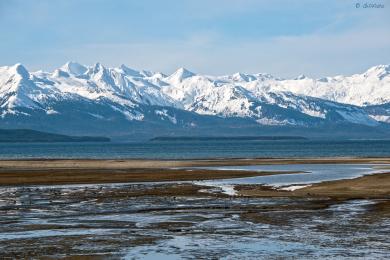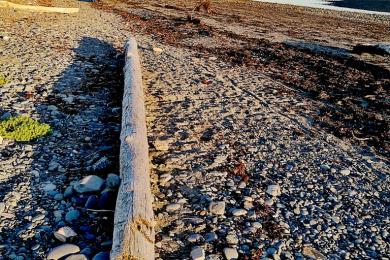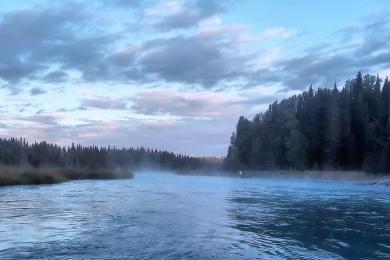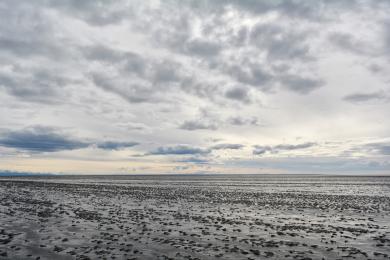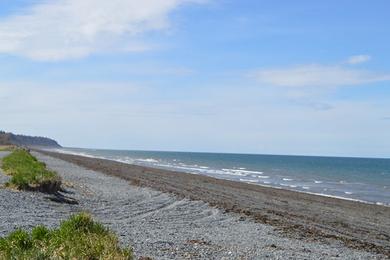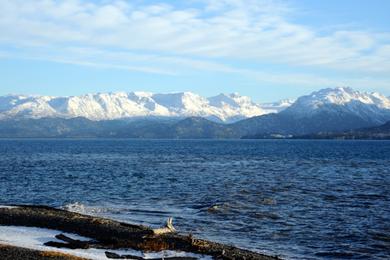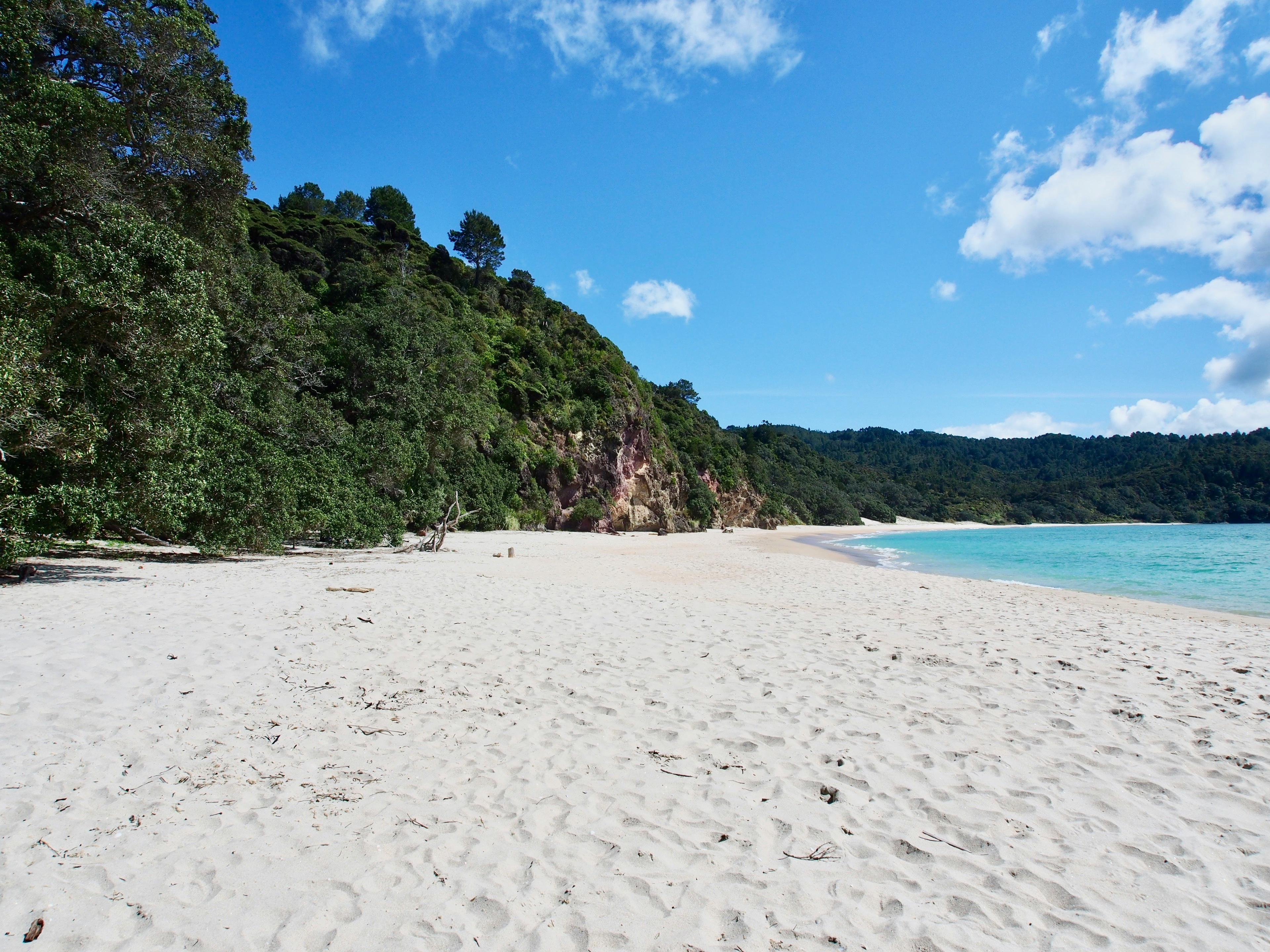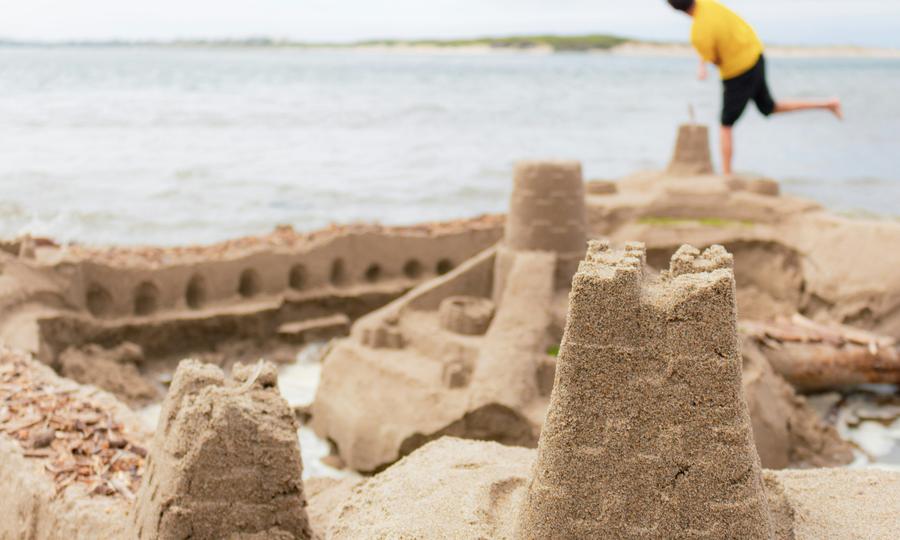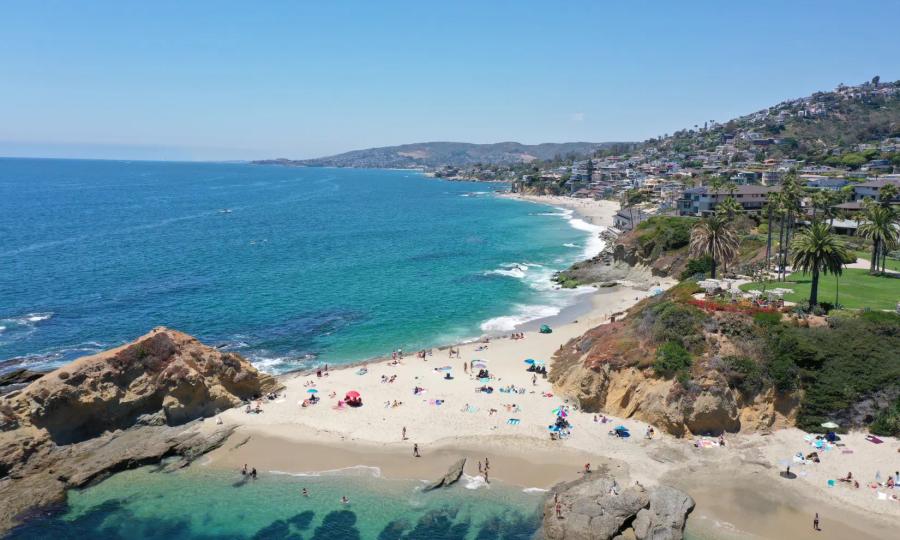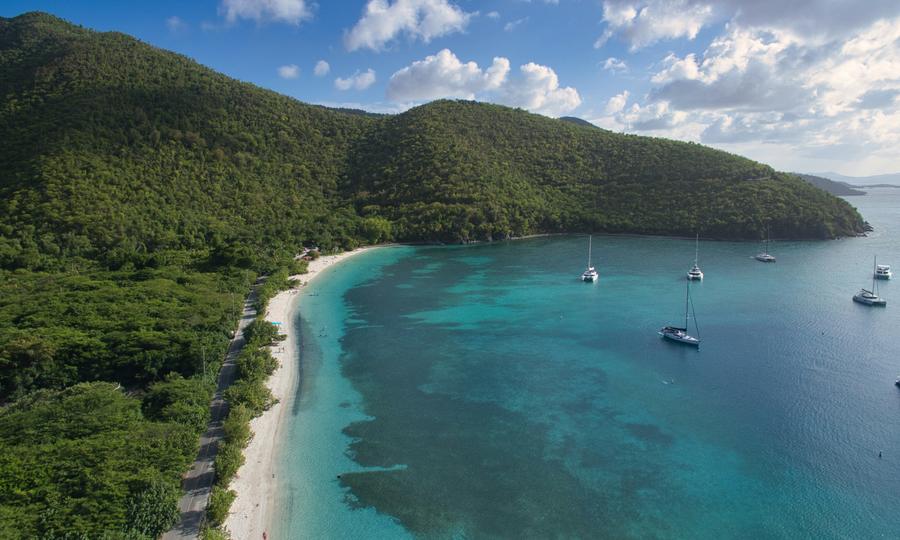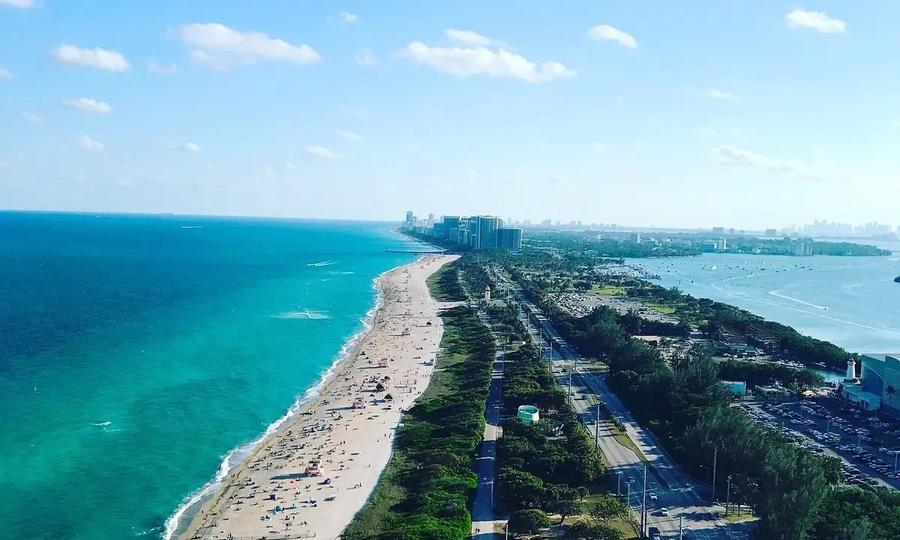Lake Clark National Park and Preserve is a vast and remote wilderness area located in southwest Alaska, about 100 miles southwest of Anchorage. It is characterized by diverse landscapes including glaciers, jagged mountains, active volcanoes, and tundra. The park is home to numerous lakes and rivers, with Lake Clark being the largest, stretching 42 miles long and reaching depths of up to 860 feet. The area is renowned for its wildlife, including grizzly bears, caribou, and a variety of bird species. Access to the park is primarily by small aircraft or boat, adding to its adventure and isolation.
The park's ecosystems support a rich biodiversity, with the Bristol Bay sockeye salmon playing a crucial role in the local ecosystem and economy. Visitors can enjoy a range of activities from bear watching to backpacking across tundra slopes and past turquoise lakes. The park's rugged terrain and lack of roads make it a true wilderness experience.
With its unique combination of natural beauty and wildlife, Lake Clark National Park and Preserve offers an unforgettable experience for those who venture into its vast and untouched landscapes.

